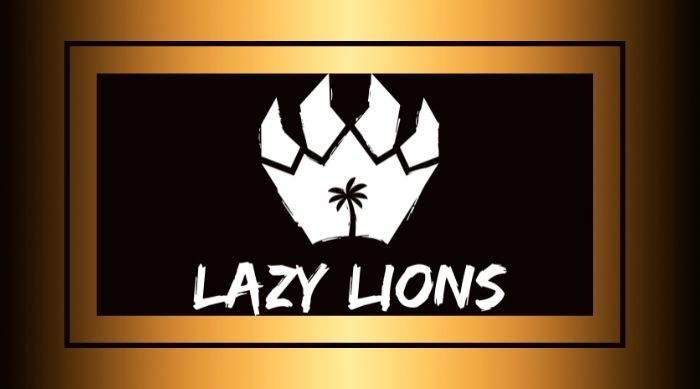A quick search for the term “Lazy Lions” turns up more than one reference, but chances are good if you’re doing research into crypto projects you might not be as interested in the Lazy Lion of African children’s literature (a story written by Mwenye Hadithi published in 1990) as much as the Ethereum-based NFT project that launched in August of 2021.

What Is Lazy Lions?
A press release on PR Newswire (also issued in August 2021) provides some back story; four friends trapped in COVID-19 lockdown in Australia decided to mint 10,000 unique characters (in this case the characters are lions instead of apes, cats, punks, or aliens) and like so many of the big successes in the NFT world the entire collection sold out in a matter of hours.
The collection sold for a million and a half dollars or the USD equivalent. And the success of this particular project didn’t stop there. 30 days after hitting the secondary market, the floor price for a Lazy Lions NFT was just above $2,300; that’s comparable to Bored Apes Yacht Club NFTs in terms of rapid growth in a short span of time.
The dollar amounts may not be the same, but in terms of community support, Lazy Lions rode the same wave of enthusiasm. How much enthusiasm?
One of the most expensive individual Lazy Lions is said to have sold for 99 ETH, which at the time of sale was worth roughly $350,000.
The Lazy Lions Collection
You can find the Lazy Lions collection for sale on the secondary market on platforms like OpenSea.io. Each NFT in the 10,000-strong collection features a unique trait or set of traits including clothes, facial expressions, the size and configuration of the Lion’s mane, etc. There are some 160 individual characteristics that may be applied randomly.
One aspect that appeals to the art collector in some NFT enthusiasts? The fact that these NFTs are offered as high-resolution files that can be printed in large formats for display, advertising, etc.
The artist responsible for the Lions themselves is the artist known as rizzio.eth. To purchase this artwork, you’ll need a crypto wallet you can use on OpenSea.io, and you’ll need to have enough crypto to pay the price of the NFT plus any associated gas fees.
Some may be wondering about the availability of something called the Lazy Lion Bungalow, which was offered for free at one time to “anyone” who owned a Lazy Lion NFT. That promotion seems to be over at press time, going to the page where you were previously able to claim a free Bungalow now takes you to a 404 Not Found page.
Lazy Lions were selling on the secondary market for .9 ETH at press time, with a trading volume at press time of over 28,000. There are 10,000 Lions owned by approximately 5,000 collectors. Prices are naturally subject to change at any time. It’s best to consider this data a snapshot in time rather than a prediction of future results.
Perks Of Owning Lazy Lions
Like many other NFT projects, Lazy Lions owners are treated to free NFTs, online game access, and other perks offered on a monthly basis. But for some the real reason to own these NFTs has to do with the generous rights offered to those who buy them.
They include the ability to make derivative works with the NFT image; when you buy a Lazy Lion you own full commercial rights including the ability to create merchandise with your Lazy Lion’s image, and you are offered voting rights in the project that include AMAs with the developers as well as formal votes on the direction of the project.
When you own a Lazy Lion you also get access to the project’s virtual “private island” along with the previously mentioned bungalows; this project puts an emphasis in its virtual world community and encourages on-line interaction within the project’s game, island, etc.
The free virtual bungalow offer has since expired but you can purchase one and have it connected with your Ethereum wallet instead. You can purchase these bungalows on OpenSea.io as well as the Lions themselves.
Joe Wallace has covered real estate and financial topics, including crypto and NFTs since 1995. His work has appeared on Veteran.com, The Pentagon Channel, ABC and many print and online publications. Joe is a 13-year veteran of the United States Air Force and a former reporter for Air Force Television News.


